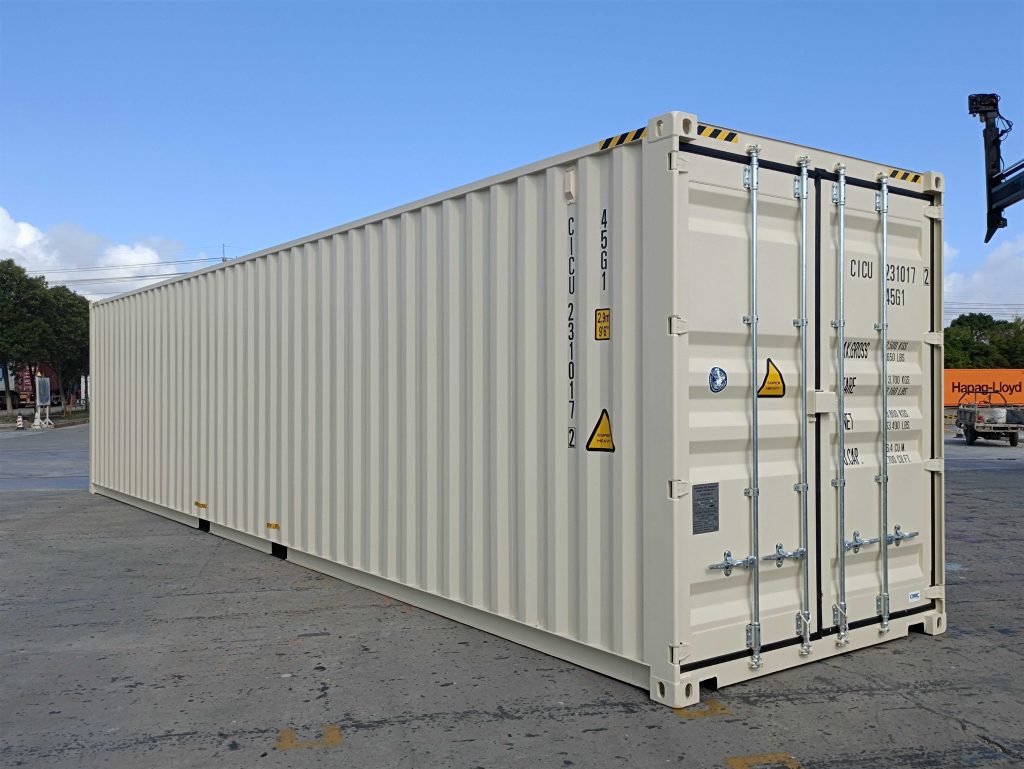Understanding the 20-Foot Container: A Comprehensive Guide
Containers have revolutionized the shipping and storage industries. Amongst the various sizes available, the 20-foot container-- often called a TEU (Twenty-foot Equivalent Unit)-- is one of the most popular. Its compact size, flexibility, and effectiveness make it a favored choice for both services and people. you could check here will explore the significance of the 20-foot container, its requirements, utilizes, advantages, and regularly asked questions.
Specifications of a 20-Foot Container
Before delving into its applications and advantages, it's crucial to understand the specifications of a 20-foot container. Below is a table that illustrates the essential dimensions and capacities of a basic 20-foot shipping container:
| Measurement | Imperial Units | Metric Units |
|---|---|---|
| External Length | 20 ft | 6.058 m |
| External Width | 8 ft | 2.438 m |
| External Height | 8.5 ft | 2.591 m |
| Internal Length | 19.4 ft | 5.898 m |
| Internal Width | 7.7 ft | 2.352 m |
| Internal Height | 7.9 ft | 2.393 m |
| Max Payload Capacity | 55,126 pounds | 25,000 kg |
| Volume | 1,172 cu ft | 33.2 cubic meters |
Common Uses of a 20-Foot Container
The versatility of the 20-foot container allows it to serve various functions throughout different markets. Below are some common uses:
- Shipping Goods: Ideal for transporting cargo overseas, offering a secure and weather-resistant environment.
- Storage Solutions: Suitable for businesses that need momentary or long-term storage area.
- Modular Construction: Increasingly used for constructing momentary housing and offices due to their versatility and strength.
- Retail and Pop-Up Stores: Re-purposed containers can function as special retail spaces.
- Emergency situation Relief: Employed in disaster healing efforts to store supplies and offer temporary shelter.
Benefits of Using a 20-Foot Container
The popularity of the 20-foot container can be credited to various advantages that it offers. Below are some noteworthy benefits:
- Cost-Effective: Generally, the 20-foot container is less costly compared to bigger containers, making it an excellent option for small to medium shipping requirements.
- Easy to Handle: The size permits much easier loading and discharging, specifically in locations with minimal area.
- Wide Availability: Easily accessible for purchase or lease from many suppliers around the globe.
- Security: containers are built with steel and created to be tamper-proof, ensuring that items saved within are well-protected.
- Ecological Impact: Reusing containers for storage or other purposes can lower waste and promote sustainability.
Disadvantages of a 20-Foot Container
While the 20-foot container has several benefits, it also has some constraints to think about:
- Limited Capacity: It may not appropriate for transporting bulk products due to its size constraints.
- Weight Restrictions: The optimum payload capability can limit the kind of products that can be carried.
- Not Ideal for Large Items: Oversized products might need alternate plans for transportation.
- Ventilation Issues: Containers can end up being hot or humid if not correctly aerated, which may be a concern for delicate items.
FAQs About 20-Foot Containers
1. What is the typical cost of a 20-foot container?
- The expense differs extensively depending on the condition, age, and seller, but usually ranges from ₤ 1,500 to ₤ 3,000 for an utilized container.
2. Just how much weight can a 20-foot container hold?
- The optimum payload capability has to do with 55,126 pounds (25,000 kg).
3. Can you customize a 20-foot container?
- Yes, lots of companies specialize in modifying containers for various purposes, including including windows, doors, and insulation.
4. Are there different types of 20-foot containers?
- Yes, there are standard dry containers, refrigerated containers (reefers), open-top containers, and flat-rack containers.
5. How can I transfer a 20-foot container?
- Transportation can be arranged via truck, train, or ship, depending on the destination and the shipping business's capabilities.
The 20-foot container has actually ended up being a fundamental element of worldwide commerce, supplying flexible solutions for shipping, storage, and beyond. Its profile as an affordable and flexible alternative makes it an ideal choice for numerous markets. With growing 20 Foot Container towards modular building and construction and sustainable practices, the utilization of 20-foot containers is likely to expand even further.
For businesses and individuals looking to explore their options, comprehending the specs, applications, and benefits of the 20-foot container can cause informed decision-making and add to operational effectiveness. Whether it's for shipping products, creating storage services, or starting innovative building and construction projects, the 20-foot container stands as a trusted and versatile tool in today's marketplace.

